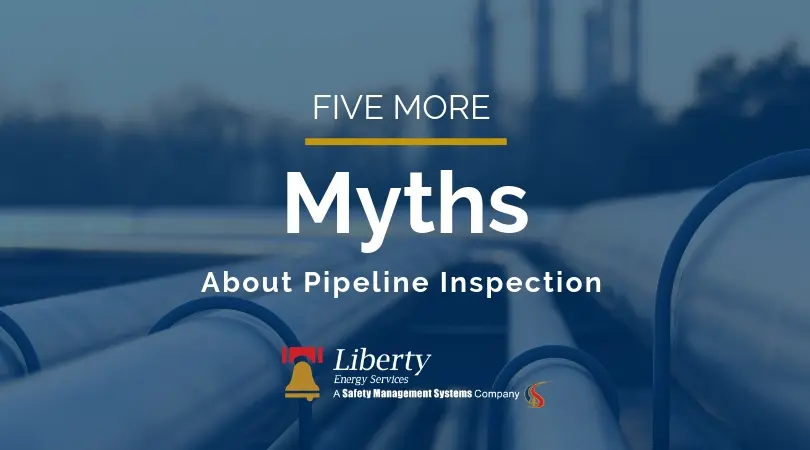
One of our past posts was on inspection myths regarding job application, resumes and certifications. The myths around inspection don’t stop there. Several beliefs that exist out in the field and on projects are simply not true and can be expensive and dangerous. Here are a few to ditch now.
MYTH #1 – Inspection kick-off meetings are not necessary.
REALITY
Inspector kick-off meetings, orientations or training are a very important part of a project. Any potential issue such as reporting structure, project numbers, construction specifications, environmental and cultural resources, landowners, permits, etc. (the list goes on) must be discussed first. Inspectors should never go in the field unprepared. The reputation of the client, the inspection company and yourself are all on the line.
MYTH #2 – Daily reports are not read by anyone, and they aren’t important.
REALITY
Daily reports are very, very important and people do read them. Daily reports are the client’s defense against false contractor claims. Consider it a safety net. The contractors have to keep count of their daily progress, unit pay, items used, extras, etc. The inspector’s daily report either verifies the contractor’s counts and progress or notifies the chief inspector and the client of any discrepancies. These discrepancies can mean big problems if not corrected. Daily reports have been used in investigations when accidents have occured and can make or break a case against the company.
MYTH #3 – A dry pipe is a clean pipe.
REALITY
There’s an old misconception that dirt can’t stick to dry walls. Who came up with this idea? In reality, if not cleaned properly, dirt can show up in meter stations and measurement equipment, causing more time and expense than you initially saved in the first place. Always conduct a dust penetration test. This will prevent potential problems.
MYTH #4 – Paperwork drafts are enough.
REALITY
There is a school of thought circulating that certain paperwork, such as Issued for Construction Drawings (IFC), is not necessary. Some settle for the Draft or for Comment paperwork. This couldn’t be more wrong. Everyone on the construction project needs copies of IFC. The draft paperwork is not final. There’s a good chance that the information on the Draft or for Comment paperwork and the IFC will conflict. Crews need to be sure they are working from the final paperwork. All inspectors in the field need specifications and IFC drawings to do their job.
MYTH # 5 – Mats are cheap, so use as many as you need.
REALITY
Let’s look at the numbers. The cost of mats range from $150 to more than $200 a foot. A digging mat is four feet wide and costs $500-$600 a mat. The United States Corps of Engineers regulates wetlands in the US, with specific rules to protect those wetlands. Mats help prevent rutting and topsoil mixing with subsoil. They can also be used for crossing foreign utilities, bridging across streams or other small water bodies, road approaches, HDD staging areas, etc. If an inspector finds two or more mats over a day miscounted, the inspector is now saving the client money and helping the project manager stay within their budget. Even one mile’s worth of mats can cost up to $790,000! Mats are worth counting.
There is too much potential liability to signing off on something that you are not sure was done properly. Don’t be afraid to ask for what you need to inspect the project. Making sure everything was done in compliance is your job! Your name and reputation are on the line each and every time you sign a report.
Liberty Energy Services hires top quality inspectors to service pipeline construction projects all over the United States. Learn more about us.

